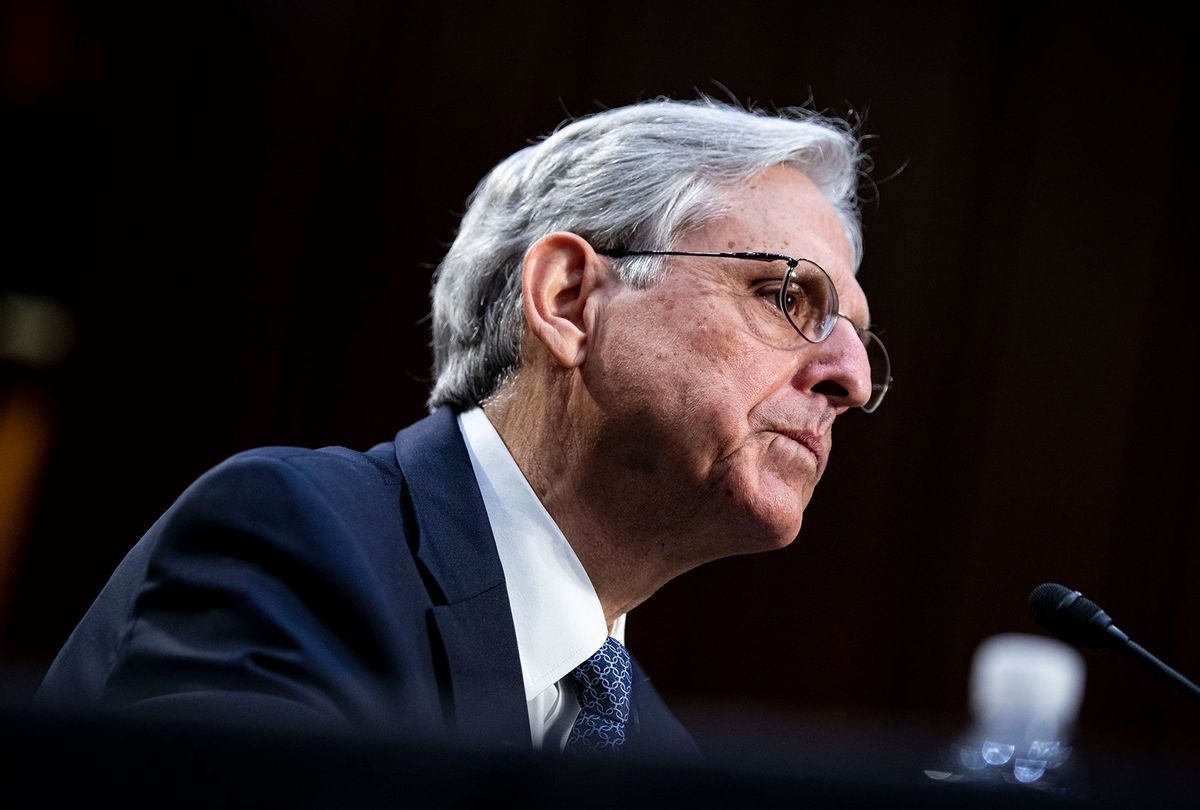As Merrick Garland explained in his big speech earlier this month, the way to dismantle a criminal conspiracy is to start at the bottom and work up. It's a slow process, but it can be devastatingly effective.
That's why the fifty-nine Republicans who cast fake electoral votes are a gift to investigators seeking to understand Trump's role in the plot to overturn the 2020 election. These pseudo-electors impersonated public officials in a bid to overturn a presidential election.
They signed forged paperwork and sent it to the government. It's an open-and-shut case, but investigators could parlay this into something much bigger than prison terms for a few dozen local GOP operatives.
In a group of nearly 60 people facing serious prison time, at least some of them will be willing to implicate the higher ups to save themselves.
Want a daily wrap-up of all the news and commentary Salon has to offer? Subscribe to our morning newsletter, Crash Course.
"Once those individuals see that they could possibly be facing prison time, I do think we're going to see some people flip and we'll get some further information as to who orchestrated this in the first place," Michigan attorney general Dana Nessel told MSNBC viewers last week, adding that, "It may go all the way to the top."
Nessel noted that under Michigan law, those who signed the fake certificates could face up to 14 years in prison for forging a public record and five years for election law forgery.
The AG said she's prepared to prosecute if she has to, but said the federal government is better suited to handle what is clearly a sprawling conspiracy orchestrated across state lines. Wisconsin's Attorney General Josh Kaul agrees this is a case for the feds.
They're not wrong.
RELATED: National Archives say Trump allies caught using forged documents to overturn 2020 election
The fake certificates come from seven states, but they have nearly identical verbiage and formatting. Real certificates of ascertainment all look slightly different because there's no standardized form. Yet the fake ones all look alike. The question: Who supplied the template?
Trump's inner circle was obsessed with the fake electors scheme. Memos by Trump lawyer John Eastman show that he assigned these fake electoral votes a starring role in his procedural coup. It was these fake votes he hoped Mike Pence would count instead of the real ones.
Weeks before the electoral vote, Trump chief of staff Mark Meadows was texting about how much he loved a plan to seat fake electors. Trump advisor Steven Miller even went on television to describe the plan to present congress with "alternative" electoral votes. US Rep. Mo Brooks led an effort to throw out the electoral votes of the Biden swing states, reportedly with Trump's blessing.
US Rep. Louie Gohmert teamed up with some of the pseudo-electors to sue Mike Pence in a doomed bid to force the VP to count the phony votes. The connection between the fake electors and that lawsuit was reported well ahead of J6.
"[The fake electors] are counting on Pence and congressional Republicans to treat those informal votes as equal to the slates certified in those states where Trump was defeated," Kyle Cheney of Politico wrote on Dec 28.
RELATED: 6 ways to overturn an election, according to Team Trump memos
The pressure is on, and the cracks in the facade are spreading.
Arizona state Rep. Jake Hoffman refused to answer a reporter's question about how he came to cast a fake vote for Trump, nervously referring all questions to "the party chair."
The chair of the Arizona GOP is Dr. Kelli Ward, who was not only a fake elector but also Gohmert's co-plaintiff. A number of the fake electors are high-ranking officials in their state parties. Wisconsin's fake votes were even submitted by the state party's chair on Wisconsin GOP letterhead.
Pennsylvania's fake electors are already distancing themselves from their co-conspirators, stressing they refused to sign the electoral vote paperwork unless they could include a proviso that they weren't the lawful electors unless a court recognized them as such.
"We were not going to sign unless the language was changed to say 'if,' fake elector Sam DeMarco told a local paper. "This was in no way, shape or form us trying to go around the election."
The fact that Pennsylvania and Nevada felt it necessary to include a disclaimer makes the states that didn't look even worse, like they were trying to, well, go against the election.




Shares